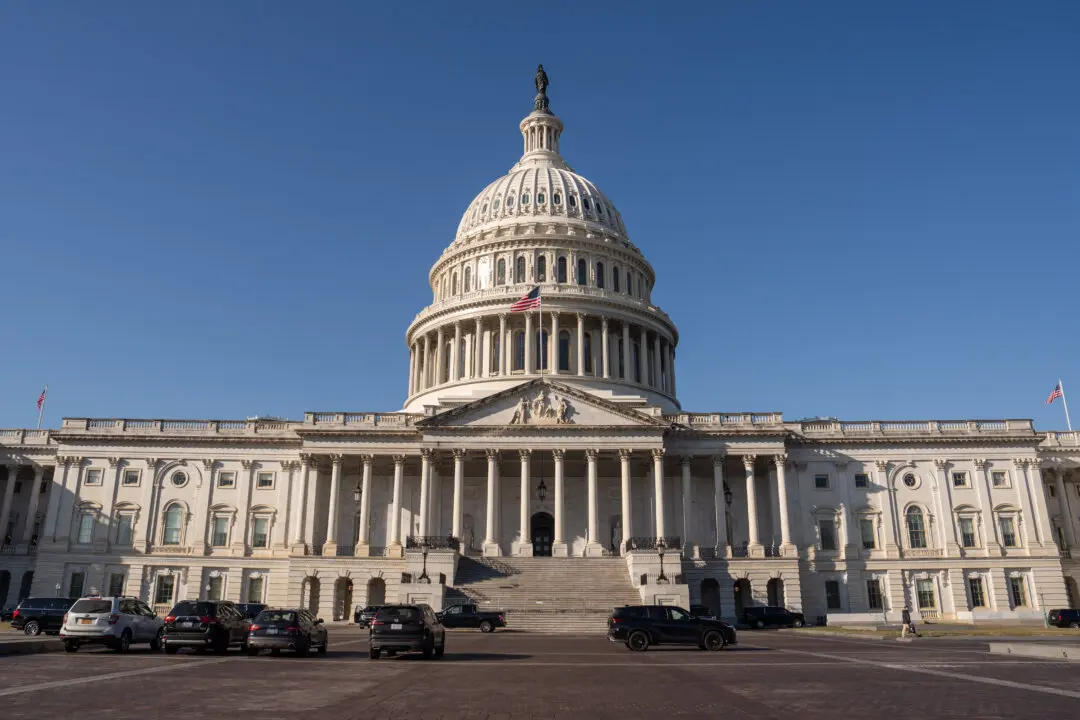Army Sgt. Maj. Jacob Smith deployed 14 times to Afghanistan during the United States’ 20-year war against the Taliban, including in a Ranger platoon led by the Rep. Jason Crow (D-Colo.) and in the same task force as Rep. Brian Mast (R-Fla.).
His testimony before both former officers in combat units he fought with—one now the chair of the House Foreign Affairs’ Oversight and Accountability Subcommittee, the other its ranking member—during a three-and-a-half hour July 27 hearing clearly captures the confusion fostered by a State Department that failed to plan and an administration that refused to adjust to shifting circumstances, laying the foundation for the chaotic, deadly August 2021 withdrawal from Kabul.





